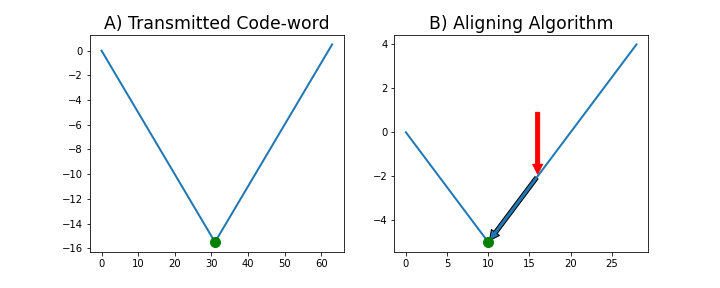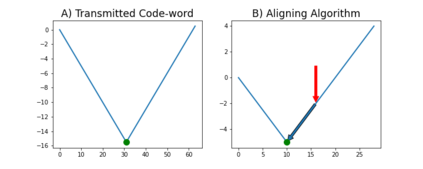Two of the most common models for channels with synchronisation errors are the Binary Deletion Channel with parameter $p$ ($\text{BDC}_p$) -- a channel where every bit of the codeword is deleted i.i.d with probability $p$, and the Poisson Repeat Channel with parameter $\lambda$ ($\text{PRC}_\lambda$) -- a channel where every bit of the codeword is repeated $\text{Poisson}(\lambda)$ times. Previous constructions based on synchronisation strings yielded codes with rates far lower than the capacities of these channels [CS19, GL18], and the only efficient construction to achieve capacity on the BDC at the time of writing this paper is based on the far more advanced methods of polar codes [TPFV21]. In this work, we present a new method for concatenating synchronisation codes and use it to construct simple and efficient encoding and decoding algorithms for both channels with nearly optimal rates.
翻译:同步错误频道最常用的两种模式是参数$p$($\text{BDC ⁇ p$)的二进制删除频道(Binary Deletion Channel Channel) -- -- 一个将每部分的代码删除为$p$(text{PRC ⁇ p$)的一个频道,另一个是参数$\lambda$(text{PRC ⁇ lambda$)的Poisson重复频道(Poisson Re重复为$\text{Poisson}(\lambbda$)的一个频道。以前基于同步字符的构造生成了比这些频道 [CS19,GL18] 能力低得多的代码,在撰写本文时,实现BDC能力的唯一高效的构造是基于远为先进的极地代码方法[TPFV21] 。在这项工作中,我们提出了一种对同步代码进行配置的新方法,并用它来为两个频道构建简单有效的编码和解码算算算算算法,其速度几乎是最佳的。




